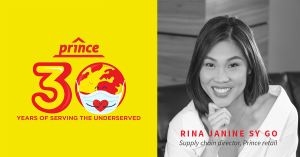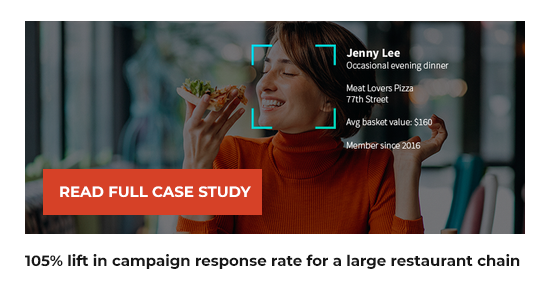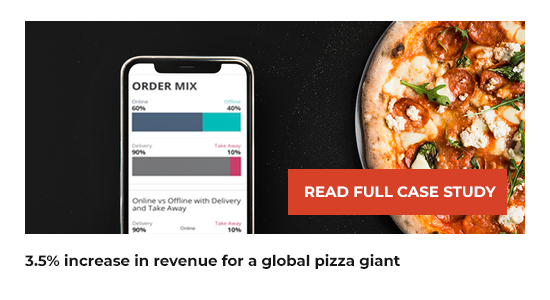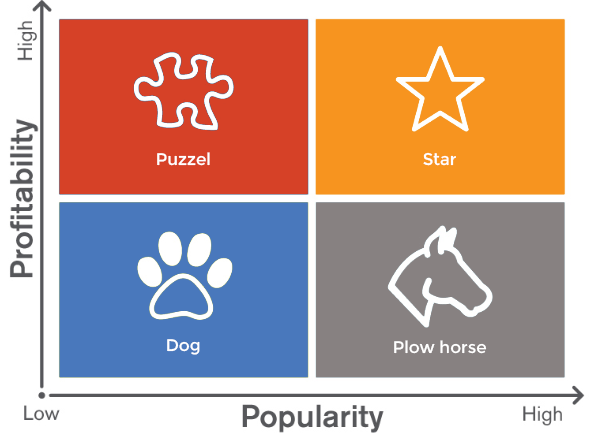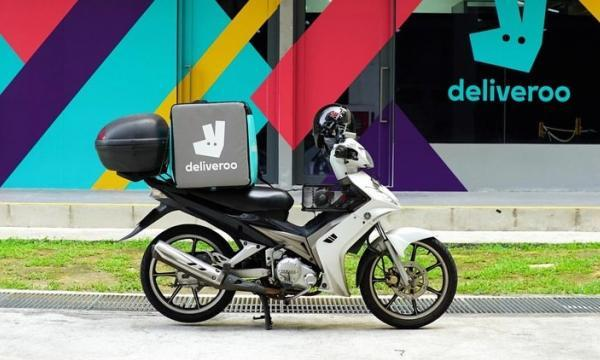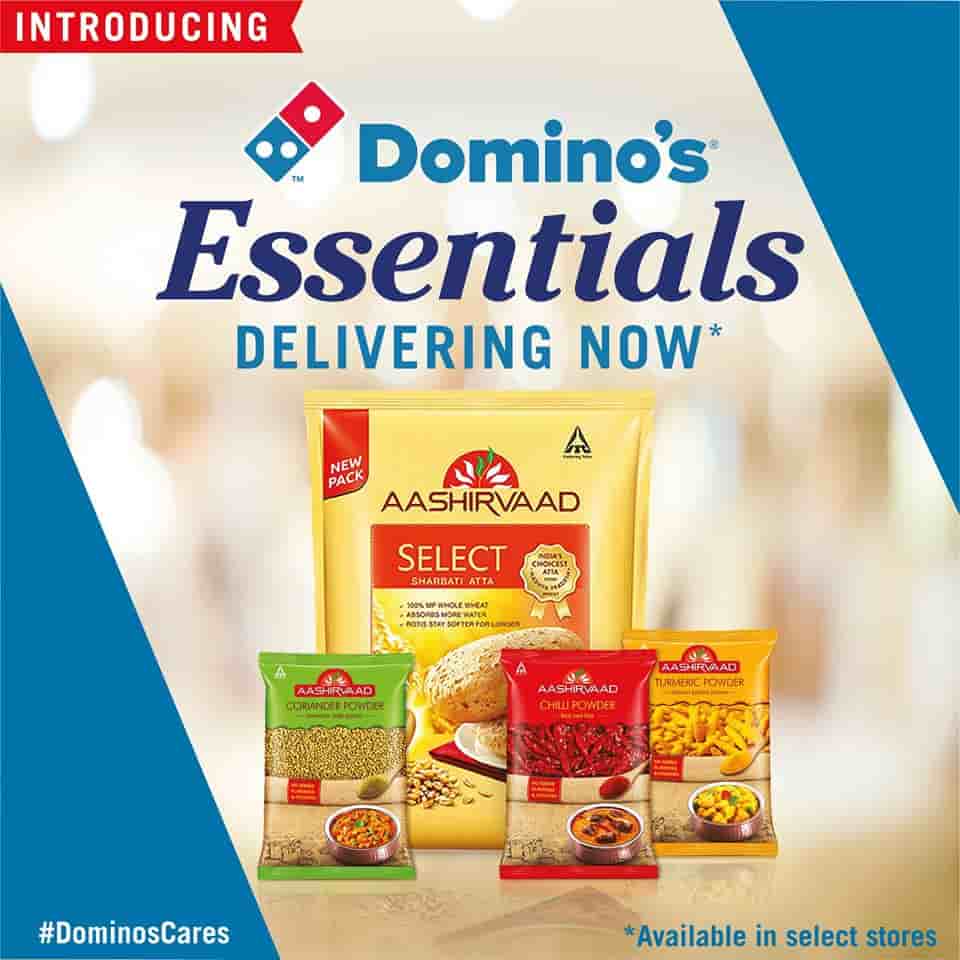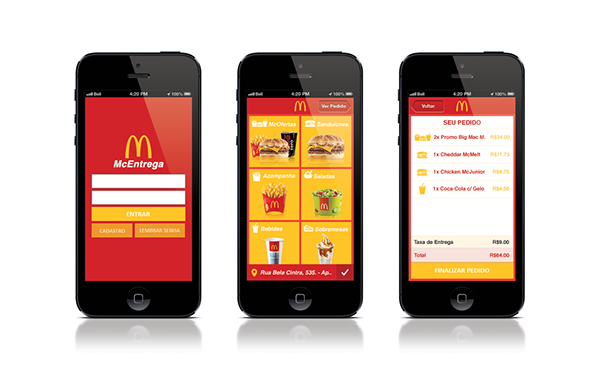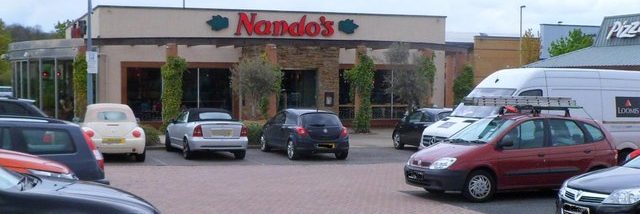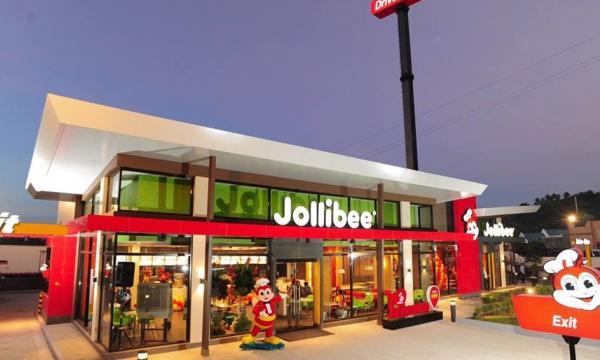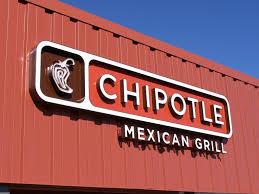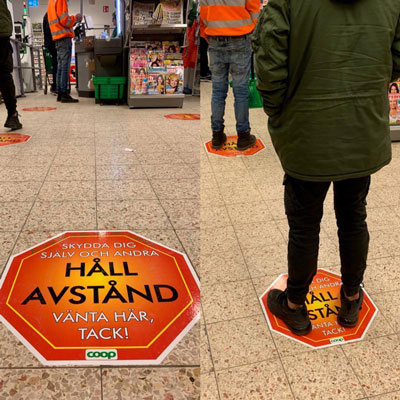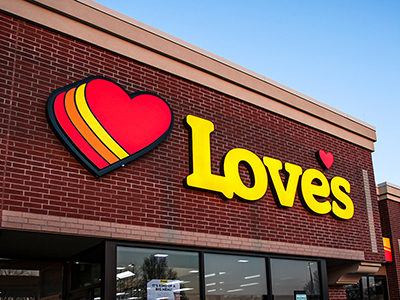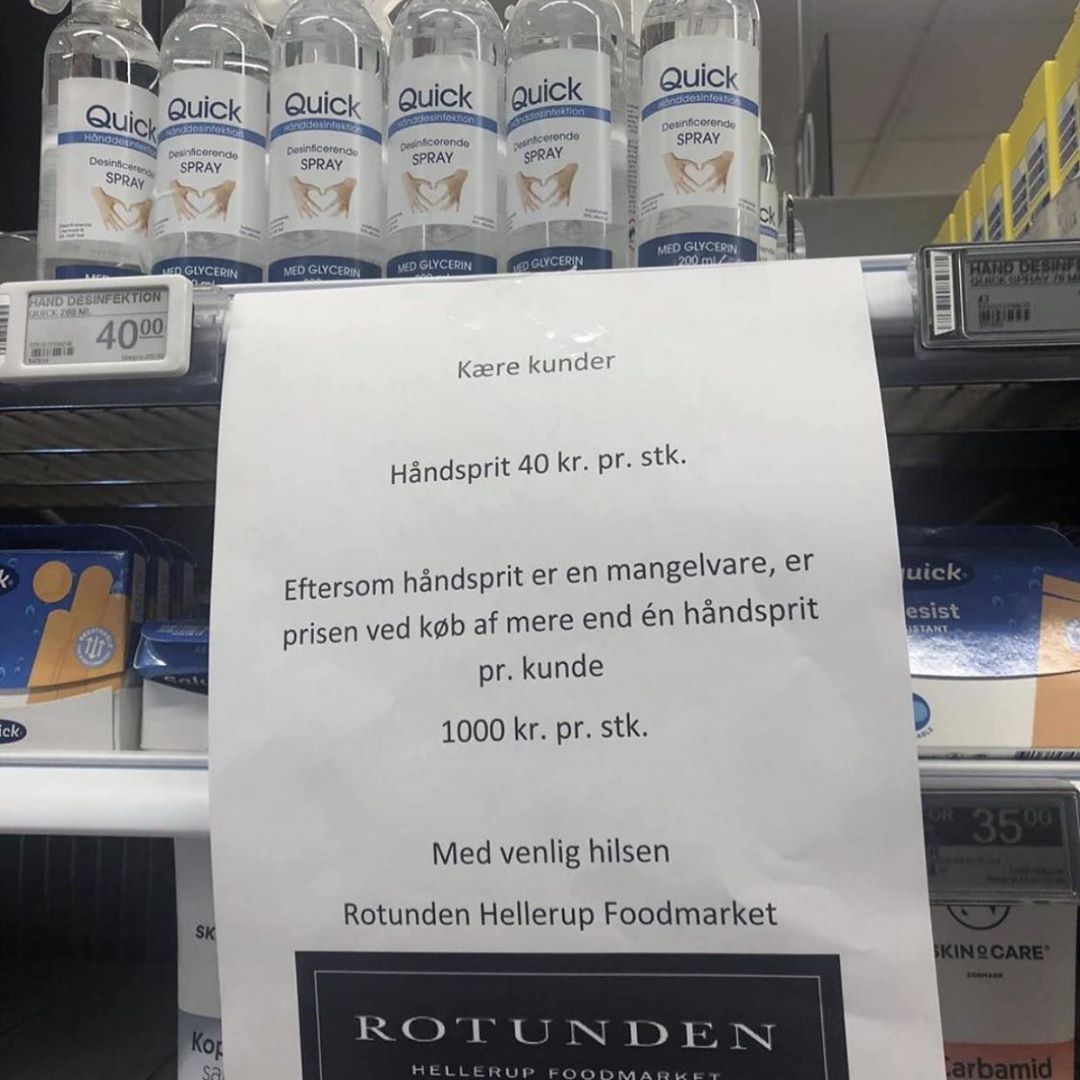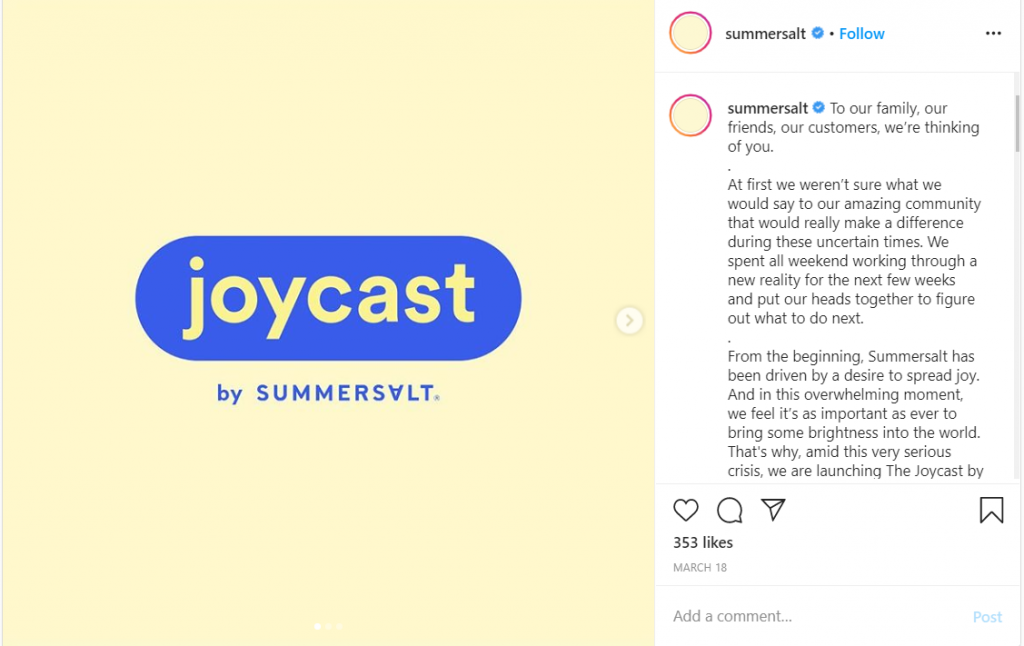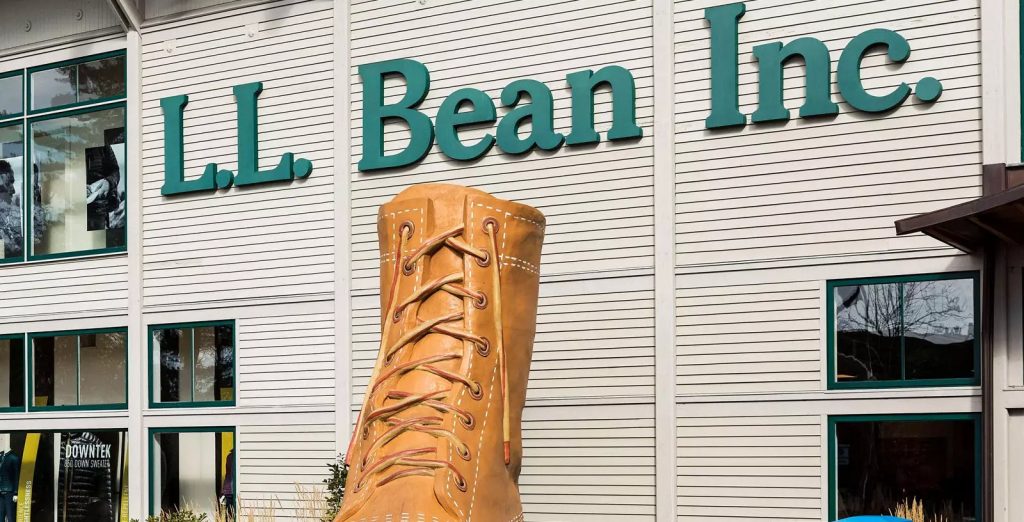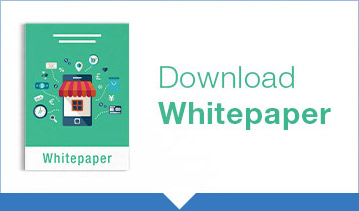A packaged, industry focused CDP provides ‘people ready data’ and quick time to value
This article is part of our CDP series. To read other articles in this series, click here.
Any marketer looking to invest in a Customer Data Platform (CDP) will have to grapple with the build vs. buy conundrum. The points of view are more entrenched in this space than any other. This is primarily because the end deliverable is a customized data platform, which resembles a services engagement. Let’s compare the build and buy options.
If you know exactly what you need, can describe it in exact requirements and have a service partner or an in-house team who can deliver to the requirements, build might be a path to consider. You will still have to wait for 6 to 12 months to get access to the solution. If you have a stop gap technology that meets your requirements while you build, or time to market is not critical consideration, you can opt for the build route.
The build option
Organizations with substantial IT budgets and large development teams with a complete range of data, design and IT skills might opt for building a CDP in-house. The people investments required to deliver a custom CDP and maintain it are considerably higher than the buy option.
Done right, there could be competitive advantages with a custom solution. However, be cognizant that at every stage there are very real challenges – scope creeps, failure to accurately define specs, cost overruns, overheads of vendor management and staff attrition.
A large-scale IT project is often lost in translation – what the customer explains is different from what the project manager understands. Further translations happen to the engineer, and then to programmer, and alas, the result ends up looking significantly different from what was envisioned.
The buy option
A pre-packaged CDP that is crafted for a specific industry offers the best of both worlds – quick time to value of a plug and play solution and close fit of a bespoke solution. While you would need some technical resources for the set-up and upkeep, the time and costs involved are much lower, and there are no harsh surprises.
This means you can run pilots and POCs quickly before you go all-in, you can examine and are sure that the solution really works for you. A much lower upfront cost and quick onboarding takes away risks, and still provides a solution that is tailormade for your needs.
CDP that delivers people ready data
A well-designed solution must cover scenarios and requirements that haven’t been thought of and encountered before while being cost-effective.
A CDP should serve multiple user groups that have unique needs. It should be scalable to serve data scientists who work with large data sets and require clean, well-organized data. It should be flexible to serve marketers and campaign planners who want to promptly analyze metrics and decide targeting strategies, or perform customer segmentation. Senior executives form another user group, and would typically be interested in trend reports and business dashboards.
Recognizing the distinct personas in the value chain, a differentiated CDP must have distinct interfaces and functionality for each. It’s time you addressed the unique data needs of different people.




